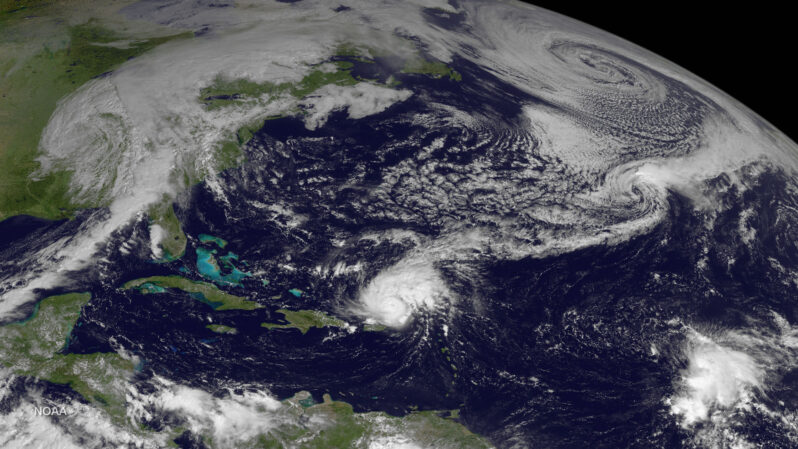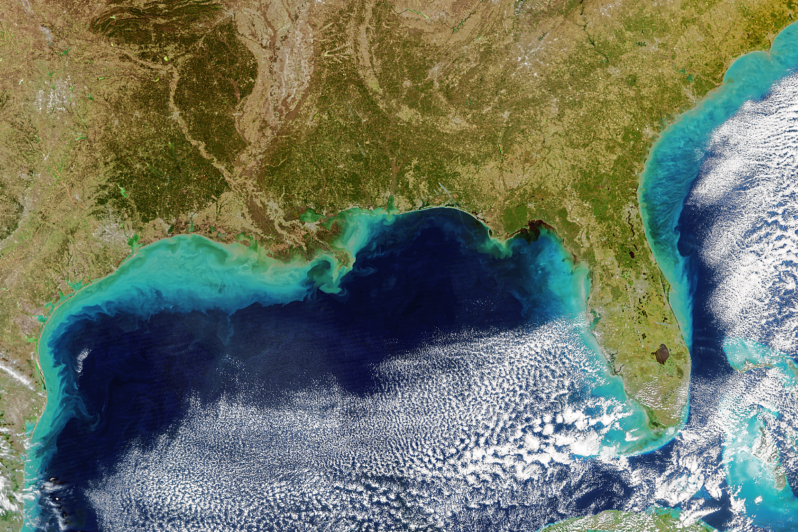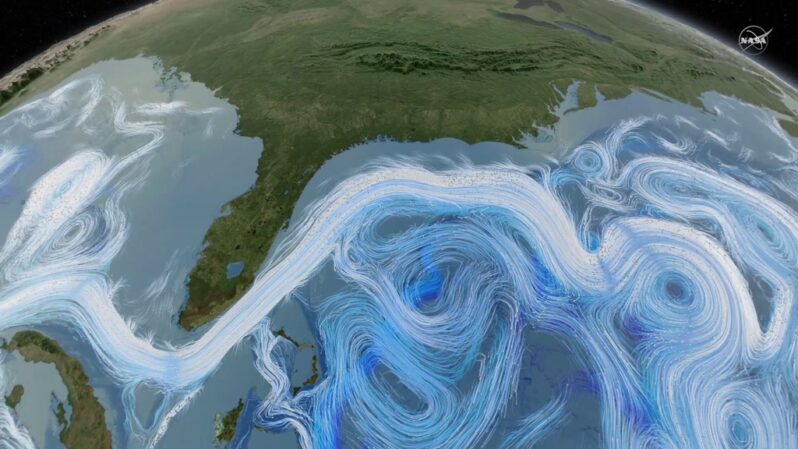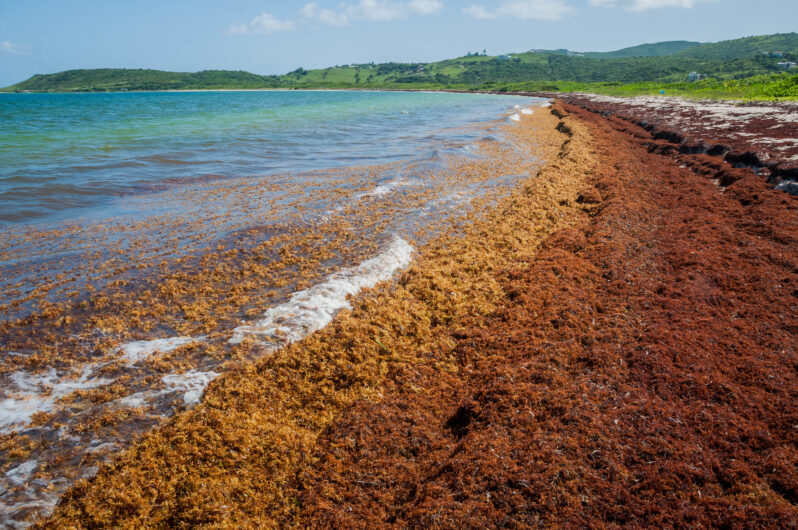How this summer’s brutal hurricanes might one day save lives – Grist Magazine

Cyclones aren’t just made of wind and rain — they’re full of data. That’ll help researchers improve the forecasts that determine whom to evacuate…
Where Seas are Rising at Alarming Speed – the Washington Post

One of the most rapid sea level surges on Earth is besieging the American South, forcing a reckoning for coastal communities across eight U.S. states…At more than a dozen tide gauges spanning from Texas to North Carolina, sea levels are at least 6 inches higher than they were in 2010 — a change similar to what occurred over the previous five decades…
Sweltering Lagos Has 25 Million People and Zero Free Public Beaches – Bloomberg

Nigeria’s commercial capital boasts miles of white sand along the Atlantic Ocean that once teemed with locals looking to beat the heat. So what happened?
A Massachusetts town spent $600K on shore protection. A winter storm washed it away days later – the Washington Post

A Massachusetts beach community is scrambling after a weekend storm washed away $600,000 in sand that was trucked in to protect homes, roads and other infrastructure…
Scientists warn that a crucial ocean current could collapse, altering global weather – the Los Angeles Times

Scientists warn that a crucial ocean current could collapse, altering global weather…The Atlantic Meridional Overturning Circulation, or AMOC, is a system of ocean currents that circulate water in the Atlantic Ocean like a conveyor belt, helping to redistribute heat and regulate global and regional climates. New research, however, warns that the AMOC is weakening under a warming climate, and could potentially suffer a dangerous and abrupt collapse with worldwide consequences…
The real story behind the Atlantic’s record-breaking seaweed blobs – BBC

Along the coastlines of the Caribbean and the Gulf of Mexico, a monster is lurking. It creeps in with the tide and you’ll likely smell it before you see it. Giant clumps of sargassum seaweed have been washing ashore, choking the surf and blanketing beaches in a brown, stinking mass.
The clumps are breaking off an enormous raft of free-floating seaweed known as the Great Atlantic Sargassum Belt, which stretches 5,000 miles (8,047km) between the Gulf of Mexico and the west coast of Africa and can be seen from space…
